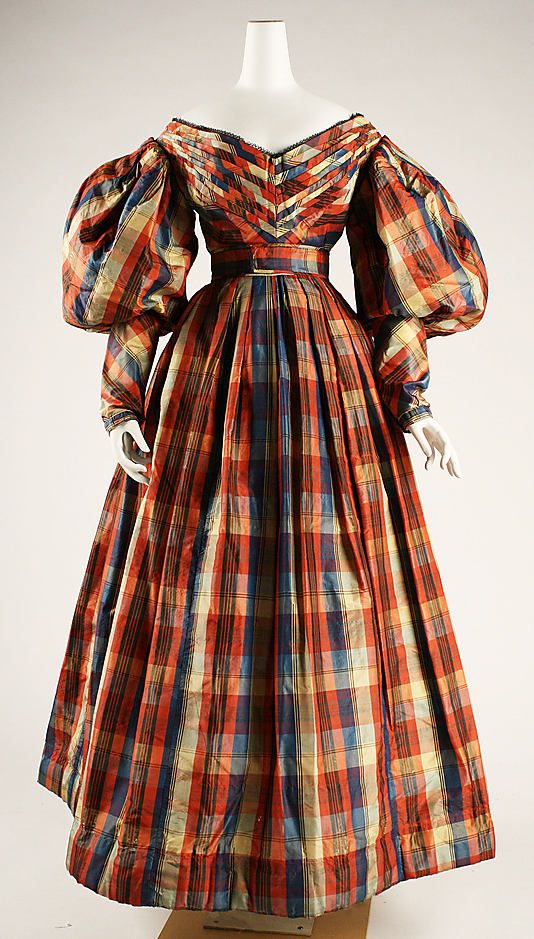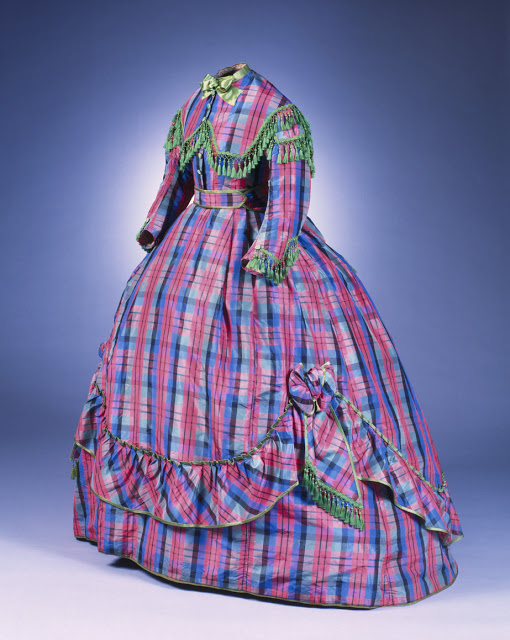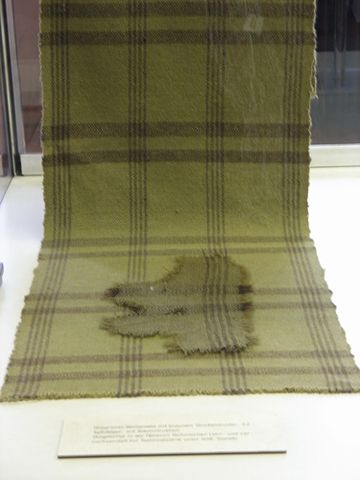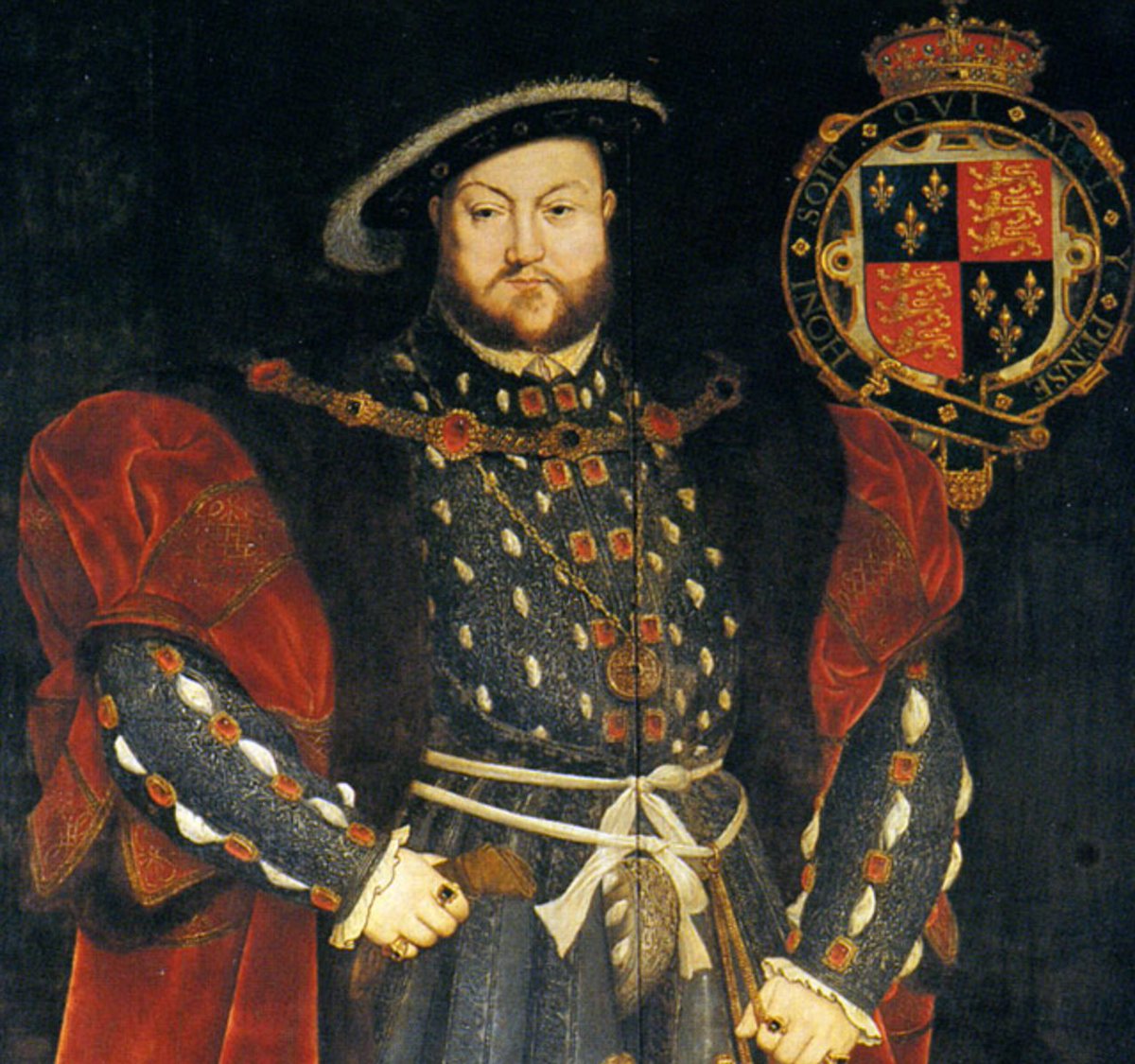
1 - Lace yourself, darlings. It’s about to get drafty in here. Welcome to my #ThreadTalk.
What began on the collars of Catholic clergy & adorned the pages of Frederick’s of Hollywood centuries later?
That’s right. Lace.
And #ThreadTalks go, lace is relatively modern.
What began on the collars of Catholic clergy & adorned the pages of Frederick’s of Hollywood centuries later?
That’s right. Lace.
And #ThreadTalks go, lace is relatively modern.

2 - The word itself comes from a Vulgar Latin derivation, from the word “laceum" (a noose or a snare). And lace has ensnared many since it came upon the scene in the late 15th C.
Flemish lace, in particular, was prized for its purity, softness, & quality of the linen grown.
Flemish lace, in particular, was prized for its purity, softness, & quality of the linen grown.

3 - Lace is not a fabric, per se, but what’s called a “decorate openwork web”. In this way it’s more related to crochet and knitting & arguably has its roots in net-making.
Many of these webs can be combined in a variety of designs, densities & motifs to create layers.
Many of these webs can be combined in a variety of designs, densities & motifs to create layers.

4 - Lace began as both needle lace (made with a needle and thread) & bobbin lace (which involved many threads).
The Flemish & the Italians both claim the invention of lace, and it has been the source of heated debate for the last 5 centuries. This jacket ca 1610--that DETAIL.

The Flemish & the Italians both claim the invention of lace, and it has been the source of heated debate for the last 5 centuries. This jacket ca 1610--that DETAIL.


5 - Lace-making went wild, was immediately adopted by the $$$richest of the rich$$$ & the industry took off across Europe (& was eventually exported abroad).
Vermeer's very famous portrait captured a lace-maker in action, but I like this one by (1662) by Caspar Netscher.

Vermeer's very famous portrait captured a lace-maker in action, but I like this one by (1662) by Caspar Netscher.


6 - Catherine of Aragon was known for her love of lace & when she was exiled she reportedly burned all her lace in order to give local lace-makers work. St. Cattern’s day, or “lace makers day” is a nod.
Portraits of her daughter, Mary I, show off lace cuffs & collars.
Portraits of her daughter, Mary I, show off lace cuffs & collars.

7 - So for once, we see lace rise as a European invention & not an item of appropriation. Bonus: many women were patrons.
Morosina Morosini, a dogaressa, was considered one of the greatest patrons of bobbin lace in Italy, helping bring Venice to prominence as a lace powerhouse.
Morosina Morosini, a dogaressa, was considered one of the greatest patrons of bobbin lace in Italy, helping bring Venice to prominence as a lace powerhouse.

8 - Needle lace was by far the most time-consuming & early examples were called cutwork lace, featuring open, airy shapes. Reticella lace, a form of cutwork, made for sweet ruffs (feat Lizzy of Bohemia - 1613).
Just BEHOLD that detail! It was, of course, a *nightmare* to make.

Just BEHOLD that detail! It was, of course, a *nightmare* to make.


9 - Bobbin lace sped up the process w/many spools & threads going at once.
After pricking a pattern on parchment, the design would be set upon a cushion & secured with pins. It began as mostly decorative (for linens and whatnot) but eventually rivaled needle lace in demand.

After pricking a pattern on parchment, the design would be set upon a cushion & secured with pins. It began as mostly decorative (for linens and whatnot) but eventually rivaled needle lace in demand.


10 - Lace-making was painfully time-consuming: 5 hrs per square cm! As with silk-workers in China, lace-makers were primarily women.
Beginning as young 6 it wasn’t uncommon for these women to lose their sight by 30 owing to the complexity of work & dark working conditions.
Beginning as young 6 it wasn’t uncommon for these women to lose their sight by 30 owing to the complexity of work & dark working conditions.

11 - But lace-making meant a way out for women in poverty, albeit w/slim margins.
In 1765, 15 hour full days could result in just one meter of Valenciennes sleeve ruffle. A whole set would require 4 meters. Though pay was small, it was still a viable way to earn money.

In 1765, 15 hour full days could result in just one meter of Valenciennes sleeve ruffle. A whole set would require 4 meters. Though pay was small, it was still a viable way to earn money.


12 - This expense meant that the Catholic Church, the aristocracy & royals all wanted their hands on it.
We see sumptuary laws as early as Elizabeth I forbidding the amount of lace on cuffs & restrictions in the American colonies. Even Alexander Hamilton was a lace fan.

We see sumptuary laws as early as Elizabeth I forbidding the amount of lace on cuffs & restrictions in the American colonies. Even Alexander Hamilton was a lace fan.


13 - Over the years, many kinds of lace developed: Chemical, crocheted, knitted, knotted, needle, tape, and Chantilly (from France, and the Gothiest and MY FAVORITE) just to name a few. 



14 - "Peak Lace" arrived with Franz I, Holy Roman Emperor, who was very fond of lace. So much so, that portraits of the time look like a lace fungus is slowly devouring him.
It looks yellow, but was gold. What he’s wearing here is court dress, known as Spanish Mantelkleid.
It looks yellow, but was gold. What he’s wearing here is court dress, known as Spanish Mantelkleid.

15 - By the early 19th centuries, along with more complex looms we’ve seen before, the mechanization of lace meant that it was easier to get.
It fell out of fashion for men to wear, but hand-made lace still got some pretty impressive prices. Bobbin lace fan, below, 19th c.

It fell out of fashion for men to wear, but hand-made lace still got some pretty impressive prices. Bobbin lace fan, below, 19th c.


16 - Bobbins, and lace-making sets, were often gifted from generation to generation or personalized.
There are many examples of these still in existence, and in 1860, a woman named Mary Dormer was imprisoned for 6 months for stealing a set of bobbins from one Hannah Robinson.
There are many examples of these still in existence, and in 1860, a woman named Mary Dormer was imprisoned for 6 months for stealing a set of bobbins from one Hannah Robinson.

17 - Lace has never been relegated to just clothing, though. Parasols, corsets, socks, hose, fans, purses — really, there are so many beautiful lace objects it’s a bit overwhelming.
Brussels rose to prominence for their bobbin lace & remained a powerhouse into the 20th century.

Brussels rose to prominence for their bobbin lace & remained a powerhouse into the 20th century.


18 - As you might guess, Georgian & Regency fashion made good use of lace, what with the diaphanous muslin & goddess-inspired clothing.
These two early 19th century gowns use both lace in large & small amounts to achieve a dreamy, ethereal look.
Me: heart eyes. <3 <3 <3

These two early 19th century gowns use both lace in large & small amounts to achieve a dreamy, ethereal look.
Me: heart eyes. <3 <3 <3


19 - Mid-19th century made use of more widely available lace, but still to great effect.
BEHOLD: A PINK PAIR
The first evening dress combines stripes, a fantastic silhouette, and draping lace; the second is taffeta, tulle, and lace.

BEHOLD: A PINK PAIR
The first evening dress combines stripes, a fantastic silhouette, and draping lace; the second is taffeta, tulle, and lace.


20 - Of course you know the Victorians and Edwardians went to TOWN with lace.
This dress from 1885 by the American design house, R.H. White & Co. marries pale blue silk, ivory damask, fox fur, and metallic gold lace edging for a stunning combination.

This dress from 1885 by the American design house, R.H. White & Co. marries pale blue silk, ivory damask, fox fur, and metallic gold lace edging for a stunning combination.


21 - And I can’t ever post fashions without House of Worth, so here’s another.
This is a stunner of a walking dress that uses lace as a contrasting pattern--you gotta just love the lines.
Sumptuous closeup for those who love details like me.

This is a stunner of a walking dress that uses lace as a contrasting pattern--you gotta just love the lines.
Sumptuous closeup for those who love details like me.


22 - And almost last, this incredible French Negligée from the 1880s by design house Félix.
Lace has persisted as sexy and daring, and even in this mountainous pink pile it's still very much so.

Lace has persisted as sexy and daring, and even in this mountainous pink pile it's still very much so.


23 - AND LASTLY. I have a beautiful tatted lace bookmark made by my extremely talented friend Jenny B.
Lace-making is VERY much a living art, predominantly maintained by women, and its beauty and value remain with us today.
Lace-making is VERY much a living art, predominantly maintained by women, and its beauty and value remain with us today.

24 - I have only put a very small pin in the complexity of lace-making and lace history. So: SOURCES.
sfomuseum.org/exhibitions/la…
en.wikipedia.org/wiki/Lace
laceguild.org/a-brief-histor…
sophieploeg.com/blog/historyof…
en.wikipedia.org/wiki/Reticella
laceincontext.com/pleasure-and-p…
metmuseum.org/toah/hd/txt_l/…
sfomuseum.org/exhibitions/la…
en.wikipedia.org/wiki/Lace
laceguild.org/a-brief-histor…
sophieploeg.com/blog/historyof…
en.wikipedia.org/wiki/Reticella
laceincontext.com/pleasure-and-p…
metmuseum.org/toah/hd/txt_l/…
25 - And final sources. Thanks for coming to my #threadtalk!
americanhistory.si.edu/collections/ob…
suburbanbanshee.wordpress.com/2015/08/11/lac…
archive.org/details/histor…
thelacemuseumllc.com/lace-making-pa…
colelctions.mfa.org
en.wikipedia.org/wiki/Valencien…
americanhistory.si.edu/collections/ob…
suburbanbanshee.wordpress.com/2015/08/11/lac…
archive.org/details/histor…
thelacemuseumllc.com/lace-making-pa…
colelctions.mfa.org
en.wikipedia.org/wiki/Valencien…
• • •
Missing some Tweet in this thread? You can try to
force a refresh















